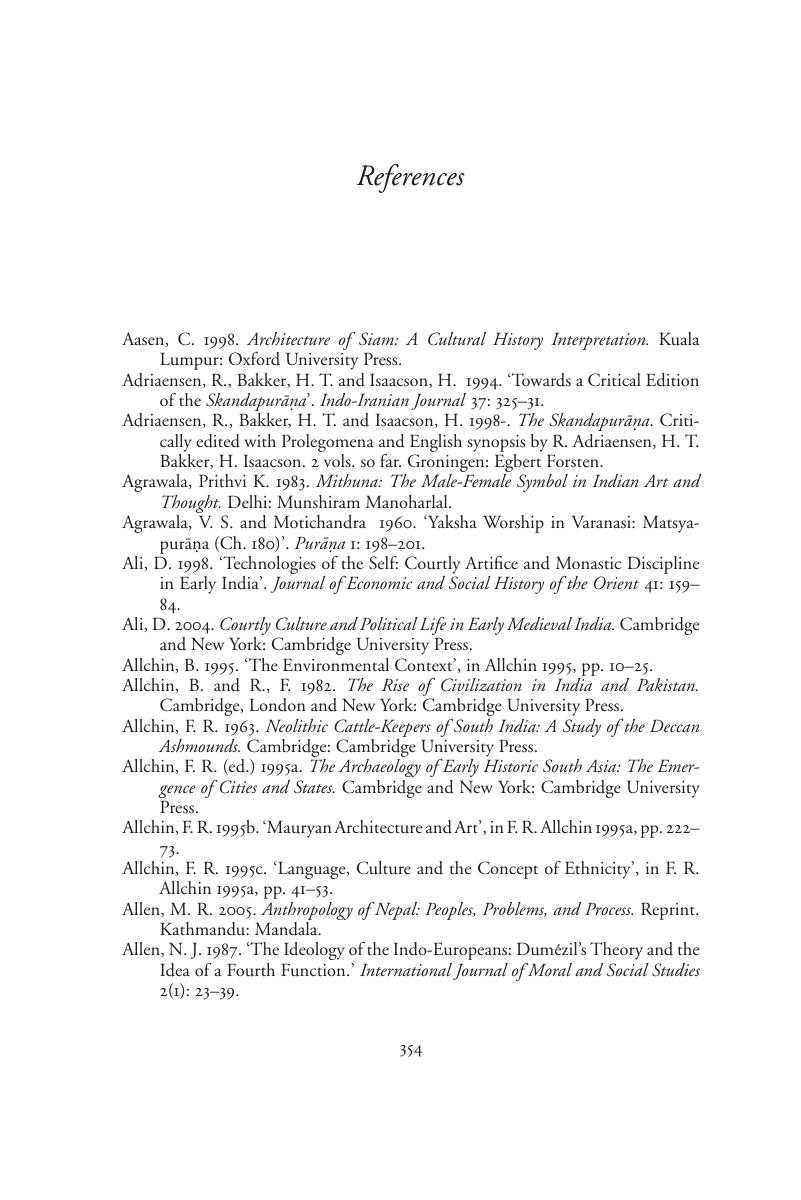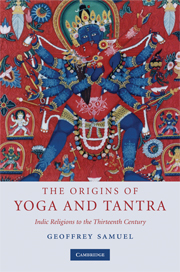References
Published online by Cambridge University Press: 05 June 2012
Summary

- Type
- Chapter
- Information
- The Origins of Yoga and TantraIndic Religions to the Thirteenth Century, pp. 354 - 401Publisher: Cambridge University PressPrint publication year: 2008



